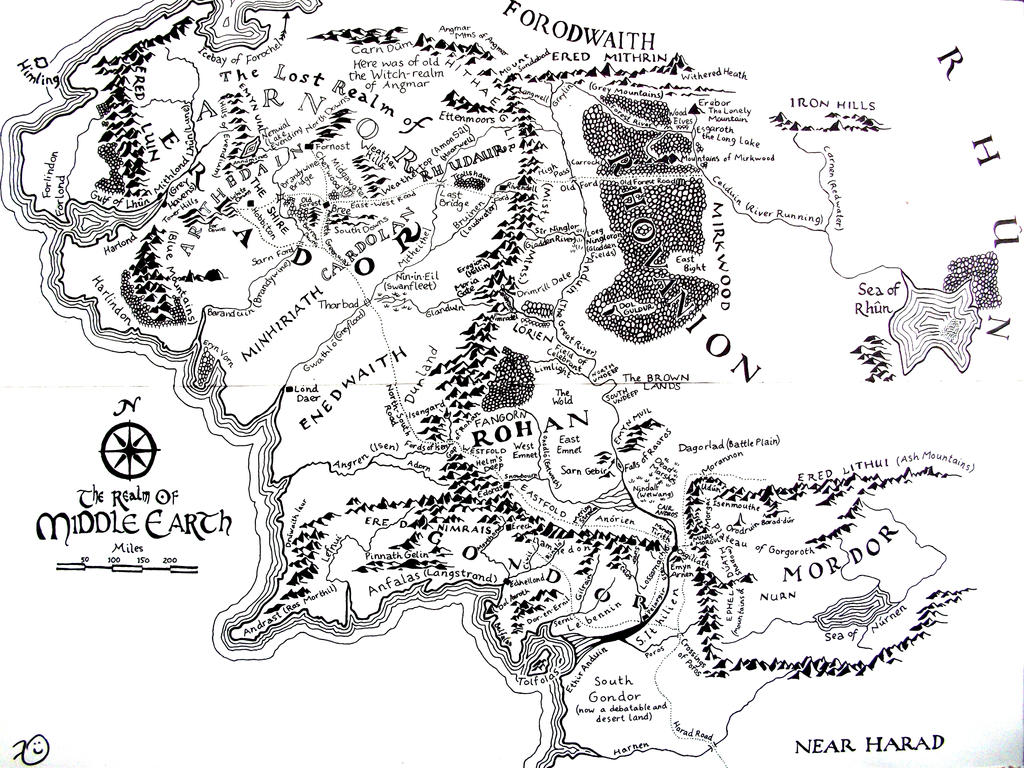- Prezov County is a county, ruled by an Elector Count, who is (presumably) part of the selection process of a Holy Roman Empire type government. In DARK•HERITAGE there is no such organization, so Tarush Noptii could never be a county and could never have an elector count. Well, OK--that's semantics. Unless I get involved in nation-building politics, who really cares anyway, right?
- One of the conceits of Tarush Noptii is that it is ruled openly by vampires. One of the conceits of Ustalav, of which Prezov County is a bowdlerization, is that the monsters are just below the surface and it is possible to not believe in them. There are other hybrid models; Karrnath, for instance, from Eberron openly uses some undead (usually mindless undead like zombies and skeletons) as military resources, and is ruled by a vampire king--however, not openly; the vampire king poses as his own mortal grandson, who is actually dead. I need to ask myself the following question, really: does my own bastardization of Ustalav suffer from having an openly vampiric ruling caste, or does that not even matter for the modules that I'm going to adapt. Well, I can also ask myself the next follow-up question: does it matter if those two don't align completely between Prezov County and Tarush Noptii, and does it affect at all my effort to re-use elements of both in a hybrid manner? And if the answer to that is no (and I think it is) then I can just keep that particular detail separate between the two settings. It doesn't really matter, since in the Carrion Crown adventure path--either the original or my likely adaptation of it, it's not like the PCs are going to meet the king or get involved in any kind of dynastic intrigue, etc. The only difference it will likely make, and this may be more cosmetic than anything else, is during the 5th module when the PCs get involved in vampire politics a bit in the capital.
- Well, now that I've talked myself through the difficulties, I think I've kind of decided that having an openly vampiric aristocracy is actually kind of cool; it establishes way up front the themes of the area and its nature as a fantasy setting that feels more like a horror setting, in many ways. It also gives me the opportunity to work through more details of how I can apply this to Tarush Noptii as I go through my continued revision of DARK•HERITAGE as part of its migration to Google Sites. So Tarush Noptii and Prezov County converge more and more--but I'm going to continue to keep them separate for the time being. I still don't want to forcibly adopt Cult of Undeath into DARK•HERITAGE complete with the regional details of that setting, the races of that setting, etc. so I'll keep the two extremely similar areas of the setting technically separate.
- And I do also like the notion from Karrnath (and from Hollowfaust before that) of using some undead as a natural resource for some manual labor or conscript services. I can find some way to use that in Prezov County and Tarush Noptii both.
Here's a summary of the names I came up with in the earlier posts. Nice to have them all listed out, right?
- Ialomita - small village, location of...
- Hellstone - a former prison site, now abandoned and ruined after a fire. Also: haunted. Of course.
- Mittermarkt - larger city, site of the Academy
- Naggazz - the Dweomer Lich (obviously a variation of Dwimmerlaik) the Great Necromancer. Despite the open nature of undead and necromancy in Prezov County (or Tarush Noptii either one), this guy is still the main Enemy. Dead and locked away.
- The Black Path - The cult of Naggazz, dedicated to his reanimation and reinstatement
- Bitterwood - werewolf infested forest. Similar in tone to Mirkwood from The Hobbit.
- Dragomiresti - site of a former village, now infamous as a massacre site. Abandoned, and... of course... haunted.
- Innsburough - seaside village of Deep One cultists
- Grozavest - capital city
- Seneslau Lechfeld - captured nobleman
- Spire of Neb Ankh - prison of Naggazz; his former lair/capital
- Grigore Stefanescu - head honcho of the Black Path.



